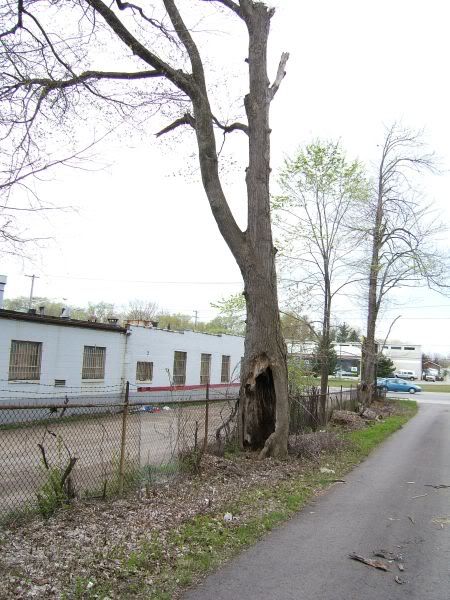Chemical man
ArboristSite Lurker
I have 40'-50' beech tree: a guess based on its height above my colonial houses' roof. The tree itself is about 20 feet from house. A few years ago I noticed ants living in it and a not so hard kick as the base of the tree caused it to cave in where I was kicking. Not a lot, but enough to make it concave. I treated for the ants using sevins. I know the ants weren't the cause rather a symptom of the problem, but I didn't want them moving into house. I noticed yesterday while cleaning up the yard that apparently something has burrowed into the opposite side of the tree that I was looking at. Sure enough its is quite hollow in the middle of the tree.
With all that said my question is how likely is it that this tree will need to go? It hasn't been dropping limbs or showing any signs of dying.
I'll put images up later if it would help.
With all that said my question is how likely is it that this tree will need to go? It hasn't been dropping limbs or showing any signs of dying.
I'll put images up later if it would help.









